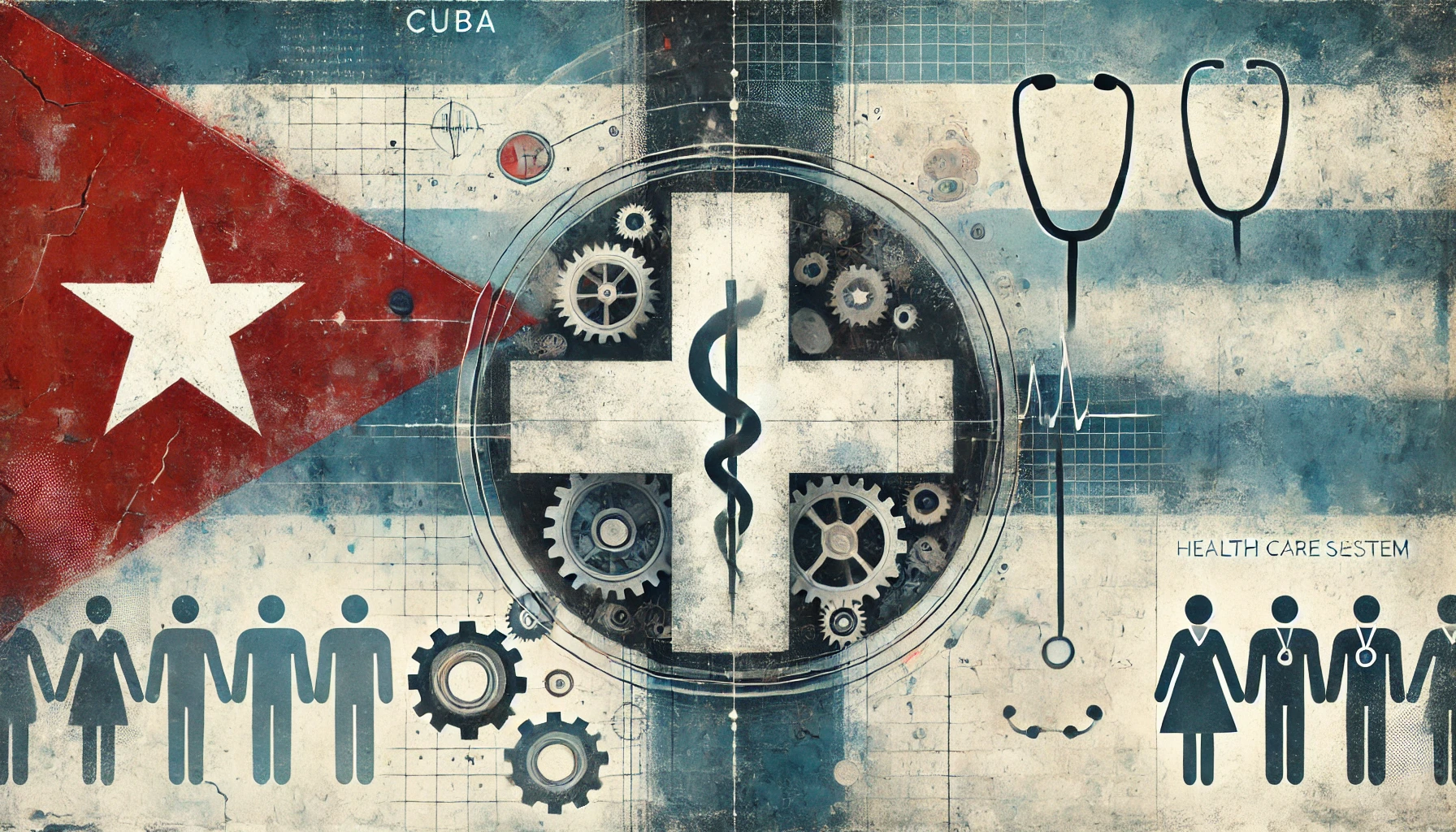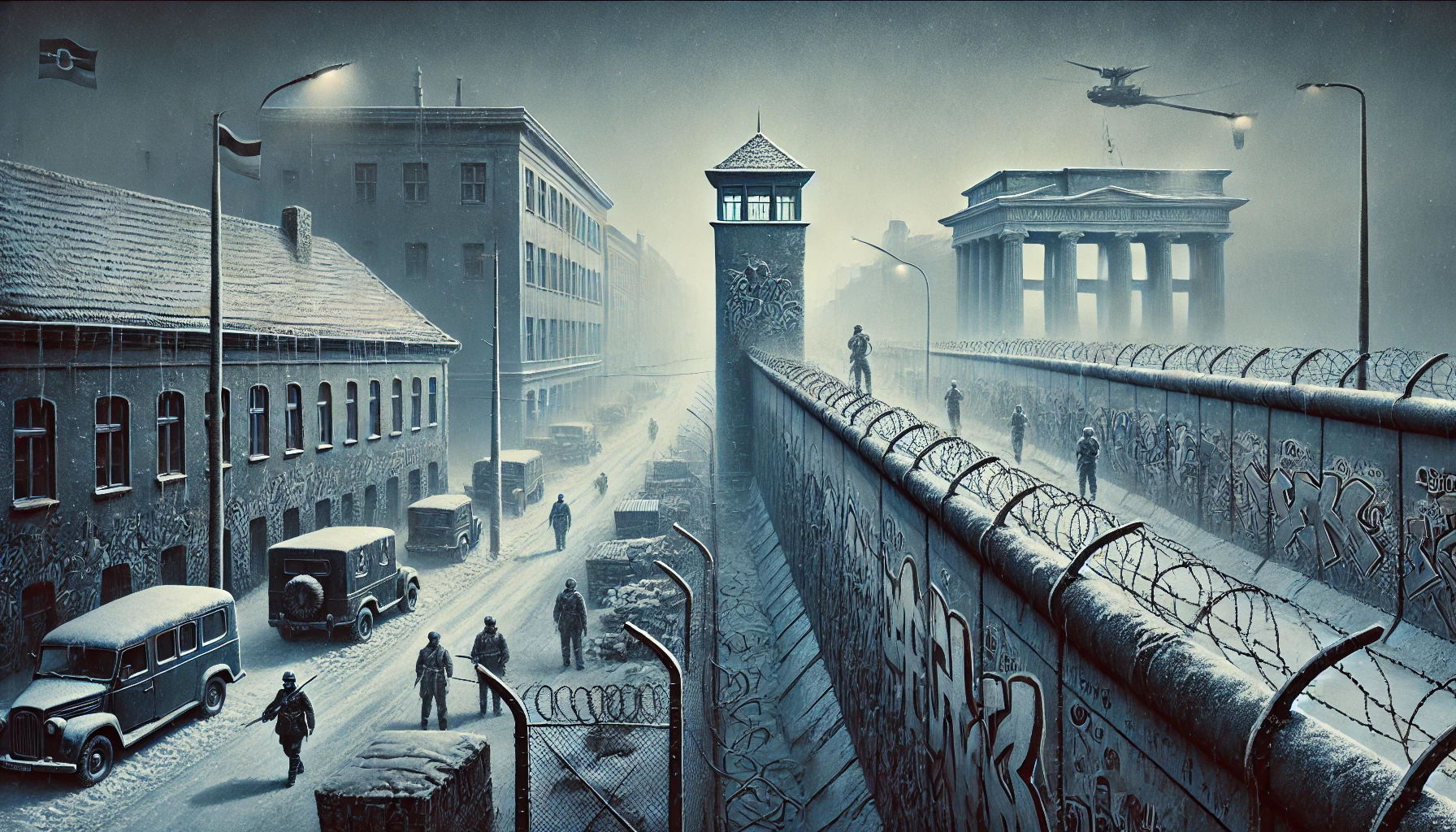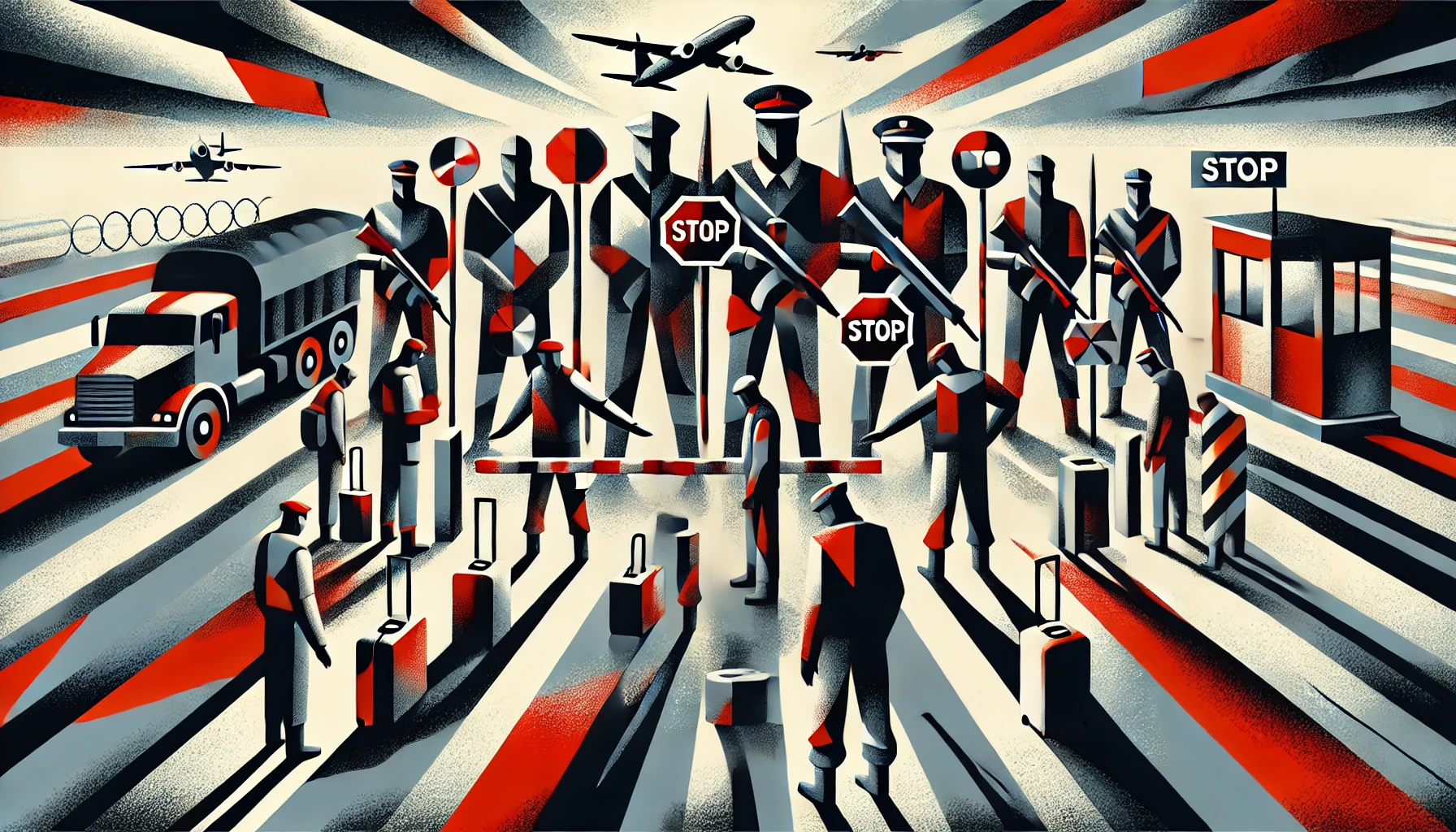East German Border Controls: A Comprehensive Historical Analysis
Introduction
The East German border controls, implemented by the German Democratic Republic (GDR) from 1949 to 1990, were among the most stringent and oppressive in the world. The GDR government aimed to prevent its citizens from fleeing to West Germany, effectively imprisoning them within the country’s borders. This analysis will delve into the historical context, the various forms of border control, and the impact on the lives of East Germans.
Historical Context
Following World War II, Germany was divided into four occupation zones, controlled by the United States, Great Britain, France, and the Soviet Union. The Soviet zone became the GDR in 1949, while the other zones formed West Germany. As the Cold War escalated, the GDR government sought to prevent the mass emigration of its citizens to the West.[1]
The Berlin Wall
The most notorious symbol of East German border controls was the Berlin Wall. Constructed in August 1961, the wall divided East and West Berlin, effectively sealing off the main escape route for East Germans. The wall consisted of concrete barriers, watchtowers, and armed guards with shoot-to-kill orders.[2] In a speech, GDR leader Walter Ulbricht infamously stated, “Nobody has the intention of building a wall,” just months before its construction.[3]
The Inner German Border
Along with the Berlin Wall, the GDR heavily fortified the Inner German Border, which separated East and West Germany. This border featured barbed wire fences, minefields, and armed patrols. Watchtowers were placed at regular intervals, and guards were instructed to shoot anyone attempting to cross illegally.[4]
Restrictions on Movement
East German citizens faced severe restrictions on their freedom of movement. Travel to the West was nearly impossible, and even travel within the GDR was closely monitored. Citizens had to apply for permits to visit family members in other parts of the country, and these permits were often denied.[5]
Escape Attempts and Consequences
Despite the risks, many East Germans attempted to flee to the West. Some dug tunnels under the Berlin Wall, while others hijacked planes or trains. Those caught trying to escape faced severe consequences, including imprisonment and even death. It is estimated that between 140 and 260 people died attempting to cross the East German border.[6]
International Reaction and Fall of the Wall
The East German border controls were widely condemned by the international community as a violation of human rights. The United States and other Western nations pressured the GDR to ease restrictions, but to no avail. It was not until the fall of the Berlin Wall on November 9, 1989, and the subsequent reunification of Germany that the border controls were finally abolished.[7]
Conclusion
The East German border controls stand as a stark reminder of the oppressive nature of the GDR regime and the lengths to which it would go to maintain control over its citizens. The Berlin Wall and the Inner German Border not only divided a nation but also tore apart families and destroyed lives. The fall of these borders marked a pivotal moment in German and world history, symbolizing the triumph of freedom over oppression.
References
- Fulbrook, M. (2008). The People’s State: East German Society from Hitler to Honecker. Yale University Press.
- Taylor, F. (2007). The Berlin Wall: A World Divided, 1961-1989. HarperCollins.
- Kempe, F. (2011). Berlin 1961: Kennedy, Khrushchev, and the Most Dangerous Place on Earth. Penguin Press.
- Rottman, G. L. (2008). The Berlin Wall and the Intra-German Border 1961-89. Osprey Publishing.
- Funder, A. (2003). Stasiland: Stories from Behind the Berlin Wall. Granta Books.
- Hertle, H.-H., & Nooke, M. (2011). The Victims at the Berlin Wall, 1961-1989: A Biographical Handbook. Ch. Links Verlag.
- Sarotte, M. E. (2014). The Collapse: The Accidental Opening of the Berlin Wall. Basic Books.







